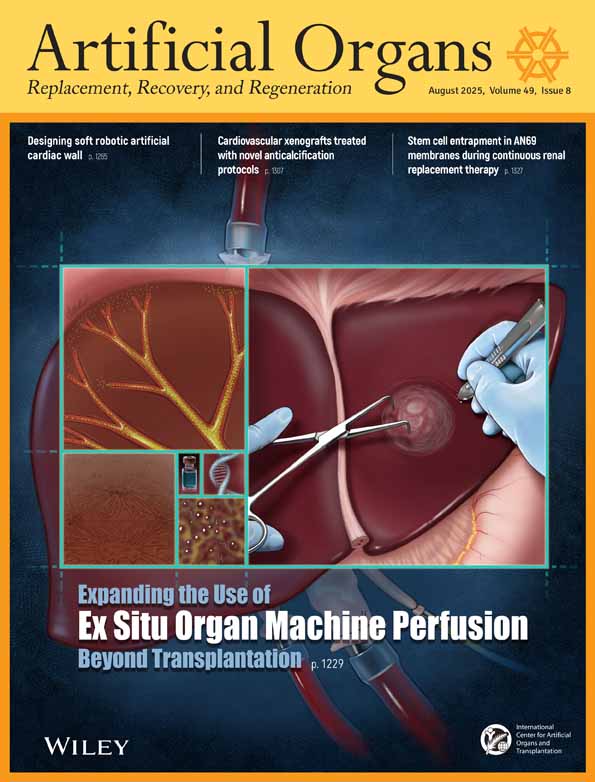Removal of Immunoglobulins by a Protein A Versus an Antihuman Immunoglobulin G-Based System: Evaluation of 602 Sessions of Extracorporeal Immunoadsorption
Abstract
Abstract: Elimination of IgG can be achieved by extracorporeal immunoadsorption (IA) based on specific binding to either staphylococcal protein A (Excorim) or sheep polyclonal antibodies directed against human IgG (Therasorb). In 602 analyzed sessions of IA, elimination of IgG was 60% through 80% depending on the treated plasma volume, with no significant difference between the mentioned systems. However, the decrease of IgM and IgA was approximately 50% in the anti-IgG compared to 20–40% in the protein A system. Plasma albumin concentration decreased by 20% in the anti-IgG system compared to 15% in the protein A system, and hemoglobin values increased by 2% in the anti-IgG system and decreased by 6% in the protein A system. In conclusion, a clinical relevance for these findings cannot be ruled out, and the individual choice might depend on the clinical situation and laboratory findings.




